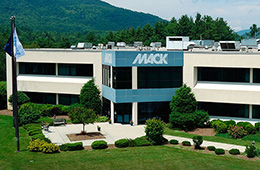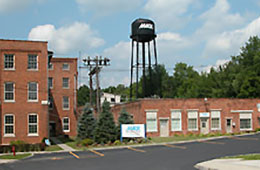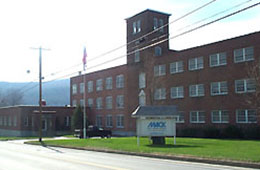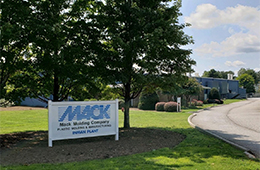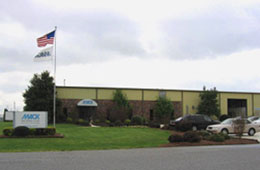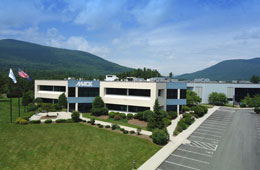Essentially every resin processed at Mack is a compound made up of multiple components. This can include UV stabilizers or flame inhibitors, but the most [...]
Every day we see “color” all around us, but the perception of that color changes based on changing parameters. An object will appear to have [...]

